Targeting Toxoplasma parasites and their protein accomplices
Toxoplasmosis is an infectious disease caused by the parasite Toxoplasma gondii and is transmitted via contaminated food or feces. The infection can cause a range of symptoms that may be mild or severe, resulting in blindness and brain infection. Current T. gondii therapeutics are not very effective, so scientists need to further investigate potential drug targets.
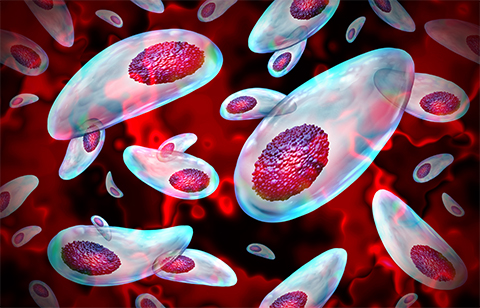
Sheena Dass and a team of researchers from the Université Grenoble Alpes, France, identified seven genes responsible for expressing enzymes of metabolic interest in these parasites. Their recent article in the Journal of Lipid Research characterizes one of these enzymes, T. gondii acyl-CoA synthetase 3, or TgACS3.
TgACS3 was found to be localized in the cytosol of the parasite and to upregulate its parasitic growth while increasing its chances of survival within its host. Gas chromatography-mass spectrometry was implemented to analyze the lipid content in the parasite, which revealed the role of TgAC3 in the uptake and utilization of its host fatty acids, generating the parasite phospholipid layer, and maintaining the growth of new parasites.
This study is an important step towards achieving targeted therapeutic mechanisms in the treatment of Toxoplasmosis, as researchers can leverage the findings shared in a more rigorous analysis.
Enjoy reading ASBMB Today?
Become a member to receive the print edition four times a year and the digital edition monthly.
Learn moreGet the latest from ASBMB Today
Enter your email address, and we’ll send you a weekly email with recent articles, interviews and more.
Latest in Science
Science highlights or most popular articles
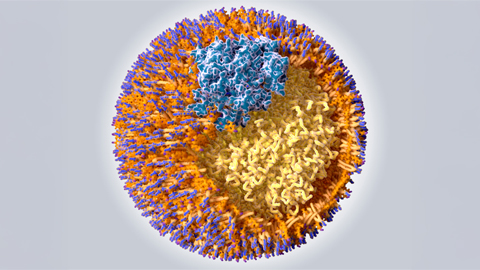
Scavenger protein receptor aids the transport of lipoproteins
Scientists elucidated how two major splice variants of scavenger receptors affect cellular localization in endothelial cells. Read more about this recent study from the Journal of Lipid Research.
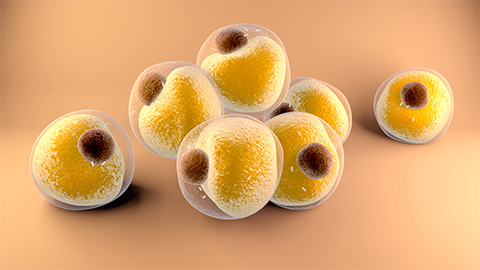
Fat cells are a culprit in osteoporosis
Scientists reveal that lipid transfer from bone marrow adipocytes to osteoblasts impairs bone formation by downregulating osteogenic proteins and inducing ferroptosis. Read more about this recent study from the Journal of Lipid Research.
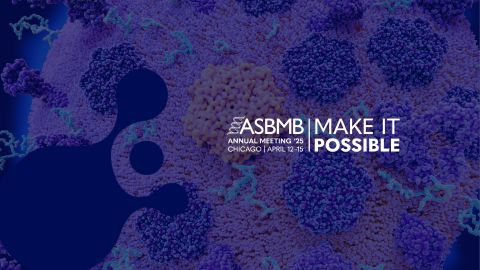
Unraveling oncogenesis: What makes cancer tick?
Learn about the ASBMB 2025 symposium on oncogenic hubs: chromatin regulatory and transcriptional complexes in cancer.
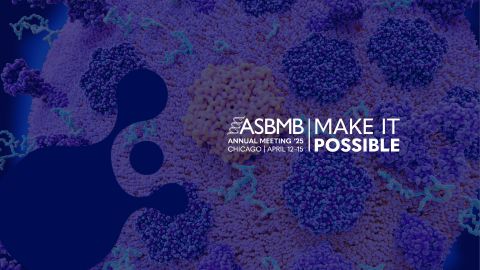
Exploring lipid metabolism: A journey through time and innovation
Recent lipid metabolism research has unveiled critical insights into lipid–protein interactions, offering potential therapeutic targets for metabolic and neurodegenerative diseases. Check out the latest in lipid science at the ASBMB annual meeting.
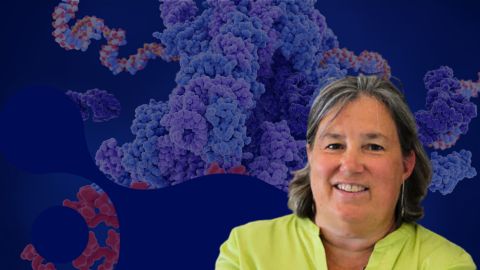
Melissa Moore to speak at ASBMB 2025
Richard Silverman and Melissa Moore are the featured speakers at the ASBMB annual meeting to be held April 12-15 in Chicago.
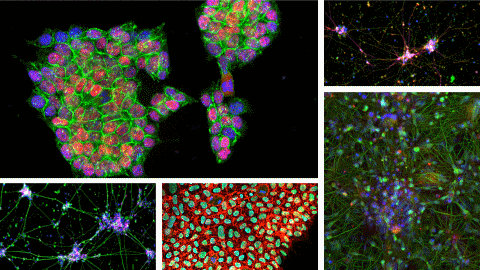
A new kind of stem cell is revolutionizing regenerative medicine
Induced pluripotent stem cells are paving the way for personalized treatments to diabetes, vision loss and more. However, scientists still face hurdles such as strict regulations, scalability, cell longevity and immune rejection.

